Warning: The following post contains images of dead or dying aquatic animals. These animals perished as a result of marine pollution. Reader discretion is advised.
The world’s oceans constitute around 70% of the earth’s surface area. Of this oceanographic sprawl, approximately 40% are gravely affected by human activities and no part remains pristine and untouched by humanity (Halpern et al. 2008).
Marine ecosystems are fragile environments that play an intricate role in the survival of species on the planet. From the smallest invertebrates to the largest mammals presently in existence, the oceans are the most biodiverse ecosystem on the planet. Plankton species are situated at the basal end of the complex marine food web and are responsible for the majority of global primary productivity. In the same context Orca’s (Orcinus orca), one of the ocean’s top predatory species, feast on almost anything that crosses their path. Both plankton and orcas are two very different animals tapping into resource requirements, at both ends of the food chain. However for these species, and everything else in between, to thrive and survive, a certain amount of ecological integrity is needed.
With the increasing disconnect in our consumer culture, pollution is having an exponential effect on the planet. By exposing organisms to degrading factors exceeding their tolerance levels, the integrity and prosperity of global ecosystems are left in jeopardy. Pollution can take many different shapes and forms. This includes chemical, noise and physical pollution. Each of these forms of pollution negatively affects aquatic environments.
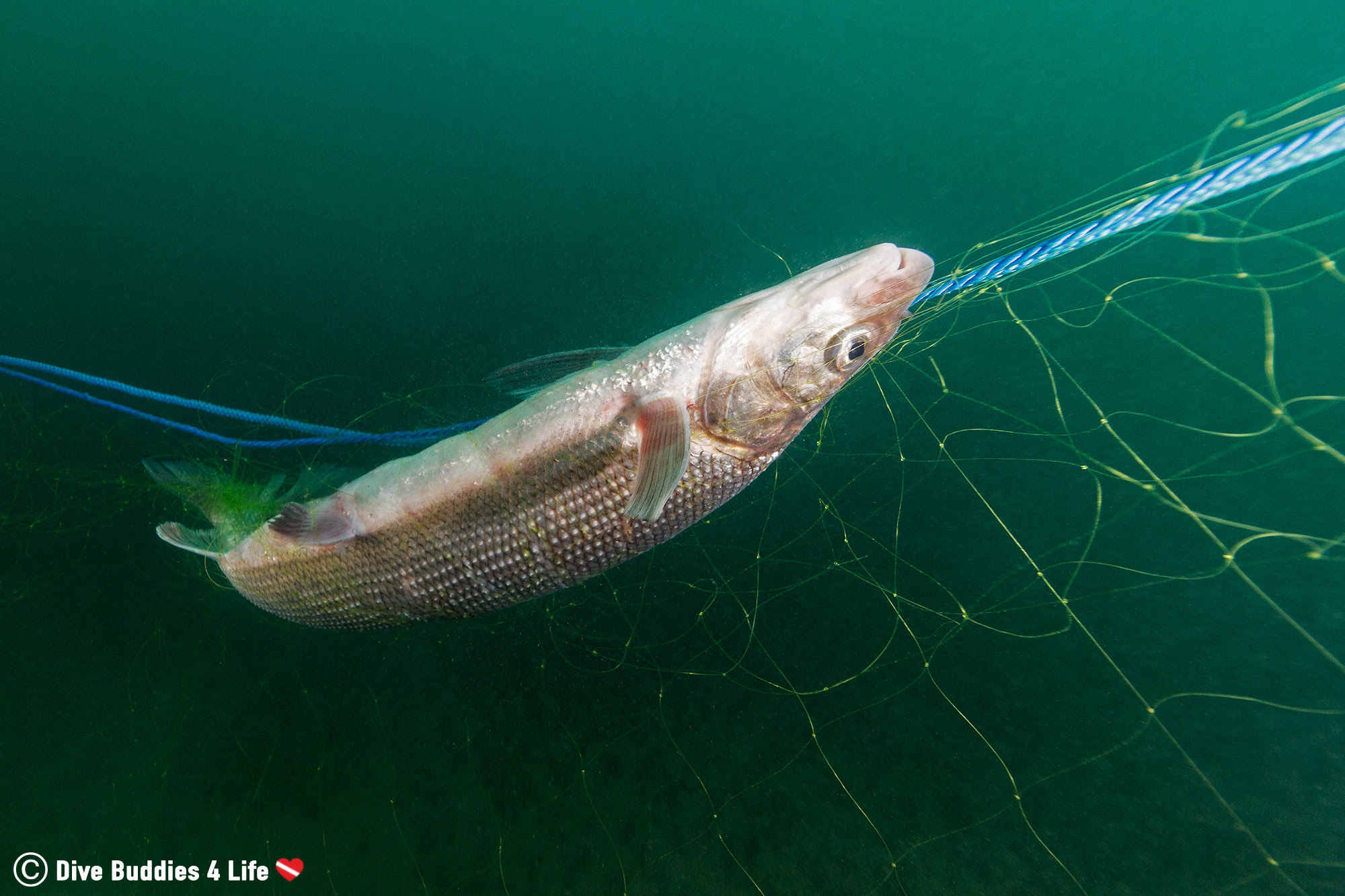
Chemical pollution occurs when substances are expelled into the environment causing adverse effects based on toxicity and ecological change (Freedman, 2009). This form of pollution is a large problem especially for many coastal inhabiting and marine species (Thurman & Trujillo, 2004). Coastal regions are of particular target by pollution because most effluence comes from a land source and coastal waters aren’t circulated as well as the open ocean. This type of pollution includes contamination by crude oil (petroleum hydrocarbon) spills, persistent organic pollutants (POPs) and eutrophication.
Crude Oil Spills
Crude oil is derived from minuscule aquatic plants and organisms that died millions of years ago and became entrapped in the oceanic floor. Through years of geological events, these organisms condensed creating the crude oil, or petroleum hydrocarbon, that is known today. Oil is an important necessity in society. Increased demand for oil leads to an increased need for transportation which in turn augments the number of accidental spills that occur in the environment (Gundlach, 1978).
Oil spills are environmental disasters that are very detrimental to coastal marine life. No matter how small or how advanced technology has progressed to control spills, oil contamination can never be totally removed from the water nor the marine ecosystem returned to its original state.
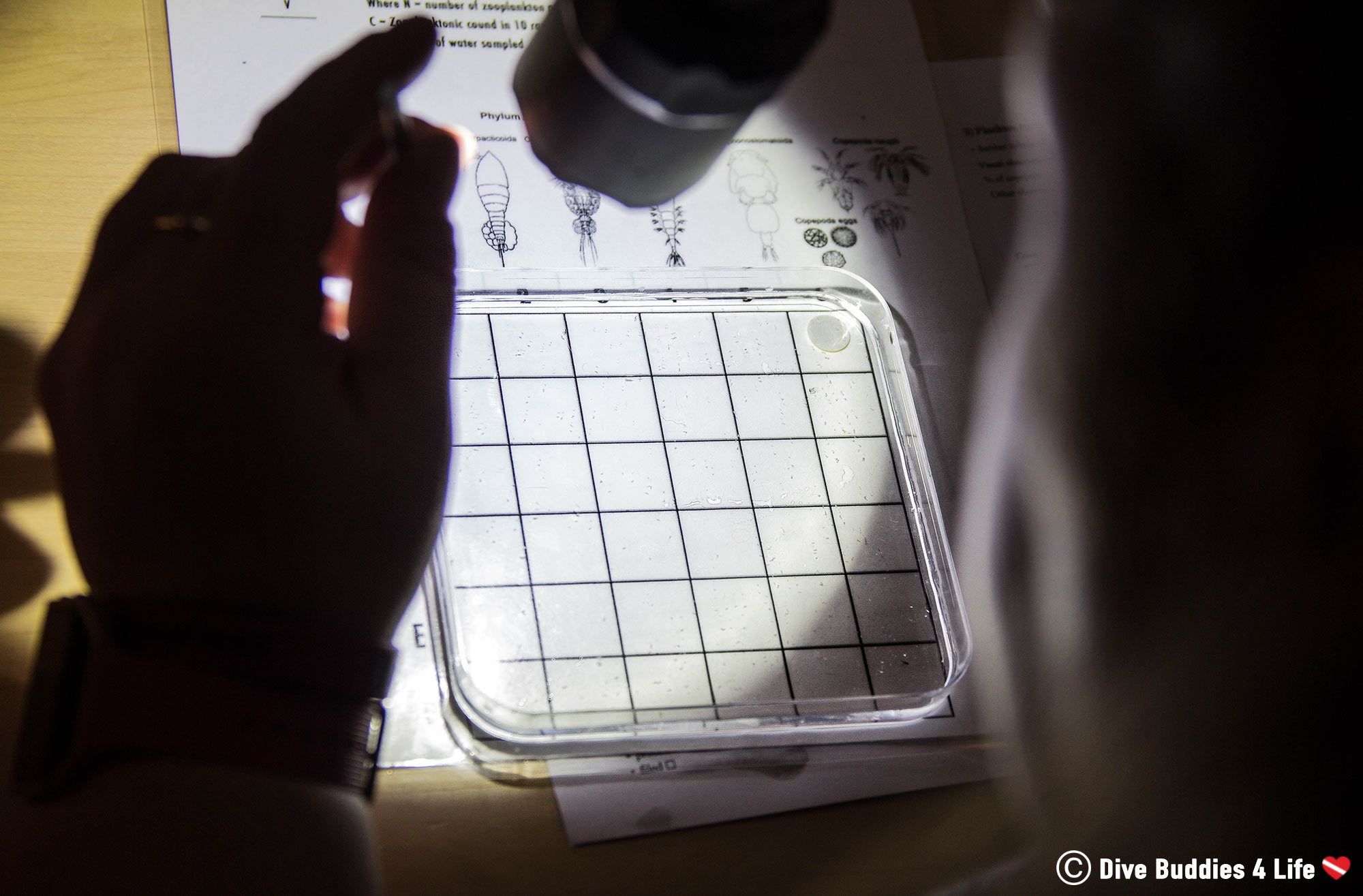
The Exxon Valdez oil spill is arguably one of the most devastating human-created disasters to strike any environmental ecosystem. On March 24th, 1989 the supertanker Exxon Valdez ran aground losing 36 000 tons of petroleum into the waters of Prince William Sound, Alaska. Though only 22% of the entire oil shipment was lost, the reported deaths of sea otters (Enhydra lutris) and birds by the U.S Fish and Wildlife Service exceeded 35, 000 individuals not even considering all non-recovered dead animals. The oil that escaped into the ocean formed a slick that coated shoreline and wildlife. As the weeks passed, the oil was pushed from the sheltered spill site all the way into the Gulf of Alaska and began mixing with the open ocean (Piatt et al. 1990).
This oil spill was considered severe not only because of the remote location and fragile Arctic environment but also because of the dispersal range. A survey conducted a decade after the spill indicates that 20 acres of shoreline are still contaminated with oil and the absence of Fucus canopy algae (killed off from the oil) is slowly affecting species situated higher in the food chain.

Persistent Organic Pollutants (POPs)
Persistent organic pollutants are another type of damaging chemical pollution found in the marine realm. They are a class of chemicals known to cause cancers, birth defects and other unnatural mutations (Thurman & Trujillo, 2004). POP compounds tend to have an exponential toxic effect as they work their way up the food chain, storing themselves within the animal fat. Industrial born polychlorinated biphenyls (PCBs) and pesticide dichlorodiphenyltrichloroethane (DDTs) are all classified as POPs.
PCBs and DDT compounds have been banned since 1977, yet in spite of this, are still found in measurable quantities in the environment (Thurman & Trujillo, 2004). PCBs act on multiple facades of the animal body, affecting reproduction, causing liver cancer and creating pessimistic genetic mutation. Likewise, DDT possesses most properties of PCBs, only this last suppresses the immune system, increasing the fragility of the egg casings in egg-laying animals and impacts the function of endocrine organs creating hormonal changes.
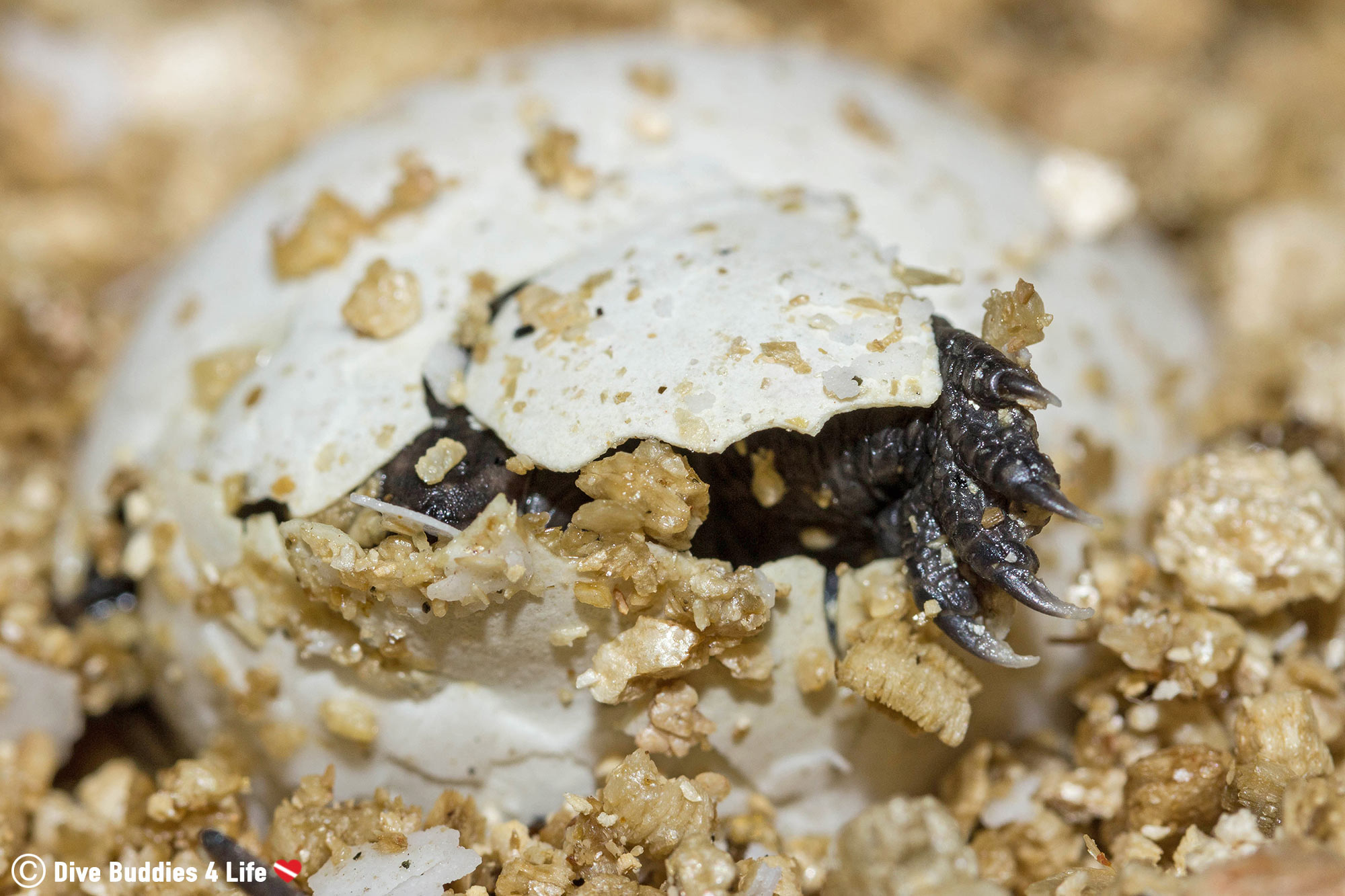
A great example of PCB and DDT chemicals affecting the environment is within the St-Lawrence river basin on the Canadian east coast.
The St-Lawrence is a segment of estuarine river linking the Great Lakes to the Atlantic Ocean. It holds a wide range of marine species including an isolated population of endangered cetaceans. Beluga whales (Delphinapterus leucas) are primarily an Arctic species, however, a small population is found around the Saguenay River mouth. The Saguenay is a main St-Lawrence seaport and high trafficked area where vessels and contouring city effluent gets expelled into the estuary creating highly toxic waters (Martineau et al. 2002).
A study on the St-Lawrence Beluga’s found that 27% of adults found dead were tainted by cancer. This was by far one of the highest percentages found in any population of cetacean globally (Martineau et al. 2002).
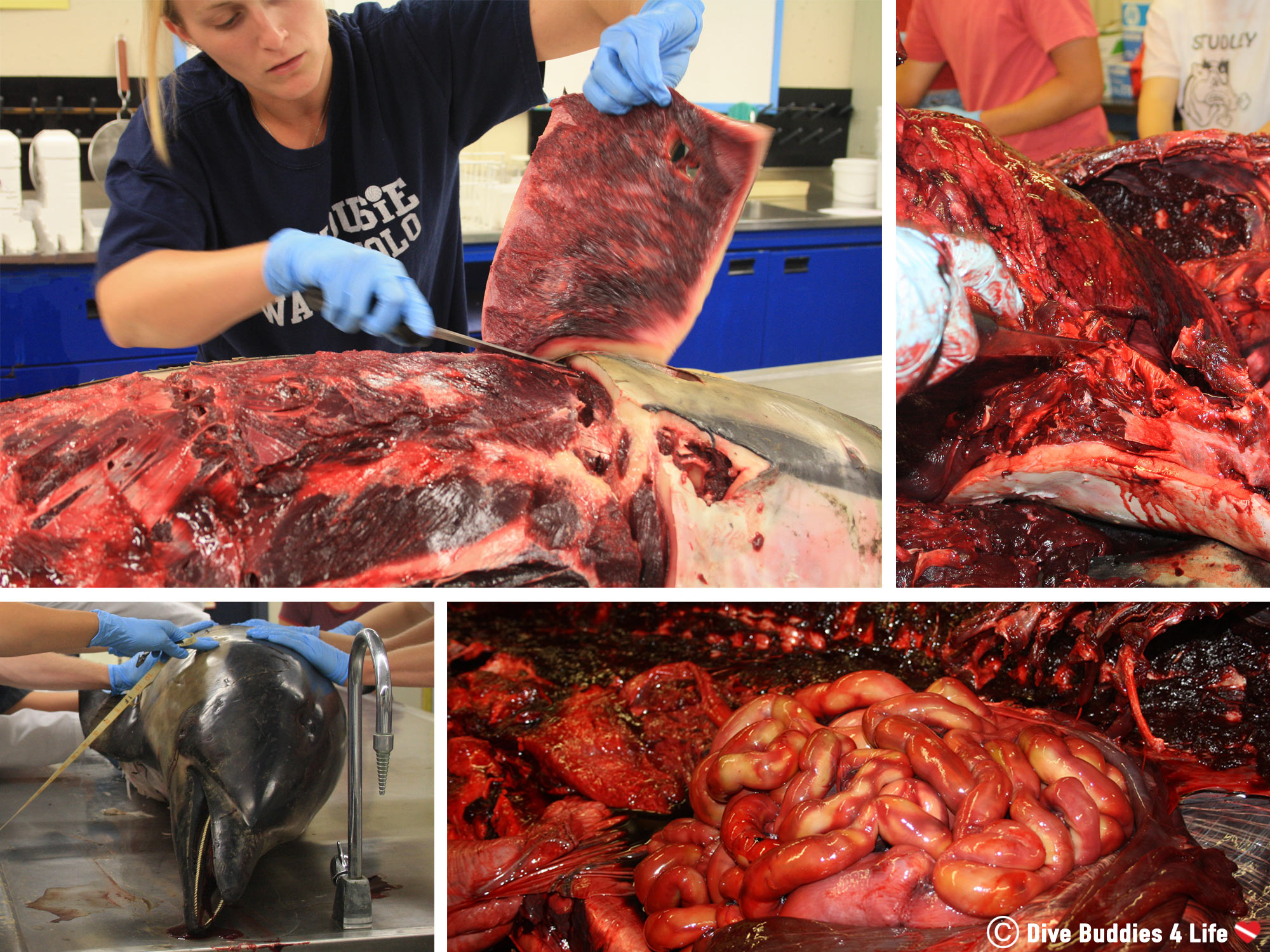
Eutrophication
Both oil spills and POP’s are clear-cut examples of chemical pollutants, however excessive nutrients causing eutrophication is also a form of chemical pollution. Nitrogen, in small quantities, is sustainable for a marine ecosystem and essential to keeping life cycles in balance. In high quantities, however, nitrogen can be very detrimental and literally “suck the life” from a particular region.
Eutrophication happens when an environment low in nutrients is suddenly enriched and becomes highly productive causing dangerous phytoplankton blooms (Thurman & Trujillo, 2004). These phytoplankton blooms use up all the oxygen found in the surrounding waters creating hypoxic conditions (also termed dead zones). Eutrophication in the marine environment essentially happens through waste production where waste finds its way into the water by fish discharge, human sewage pipes, agricultural runoff, excessive fertilizers and aquaculture (Thurman & Trujillo, 2004).
Aquaculture and mariculture are two types of aquatic farming that release excessive amounts of nutrients into the environment. Where aquaculture is the farming of fish and other aquatic organisms, mariculture constitutes virtually the same idea, only solely applied to marine organisms (Freedman, 2009). Two types of nutrient waste are produced as a result of the aqua and mariculture farming practices; fish feed and fecal waste.
Both fish feed and fecal waste are rich in nitrogen and phosphorus material, favoring bacteria needed for decomposition. In regions where aquaculture is intensive, the large masses of fish consume oxygen from the water. High levels of decomposition also consume oxygen. Eutrophication through nutrient loading, act intensively on ecosystems draining the dissolved oxygen from the water.
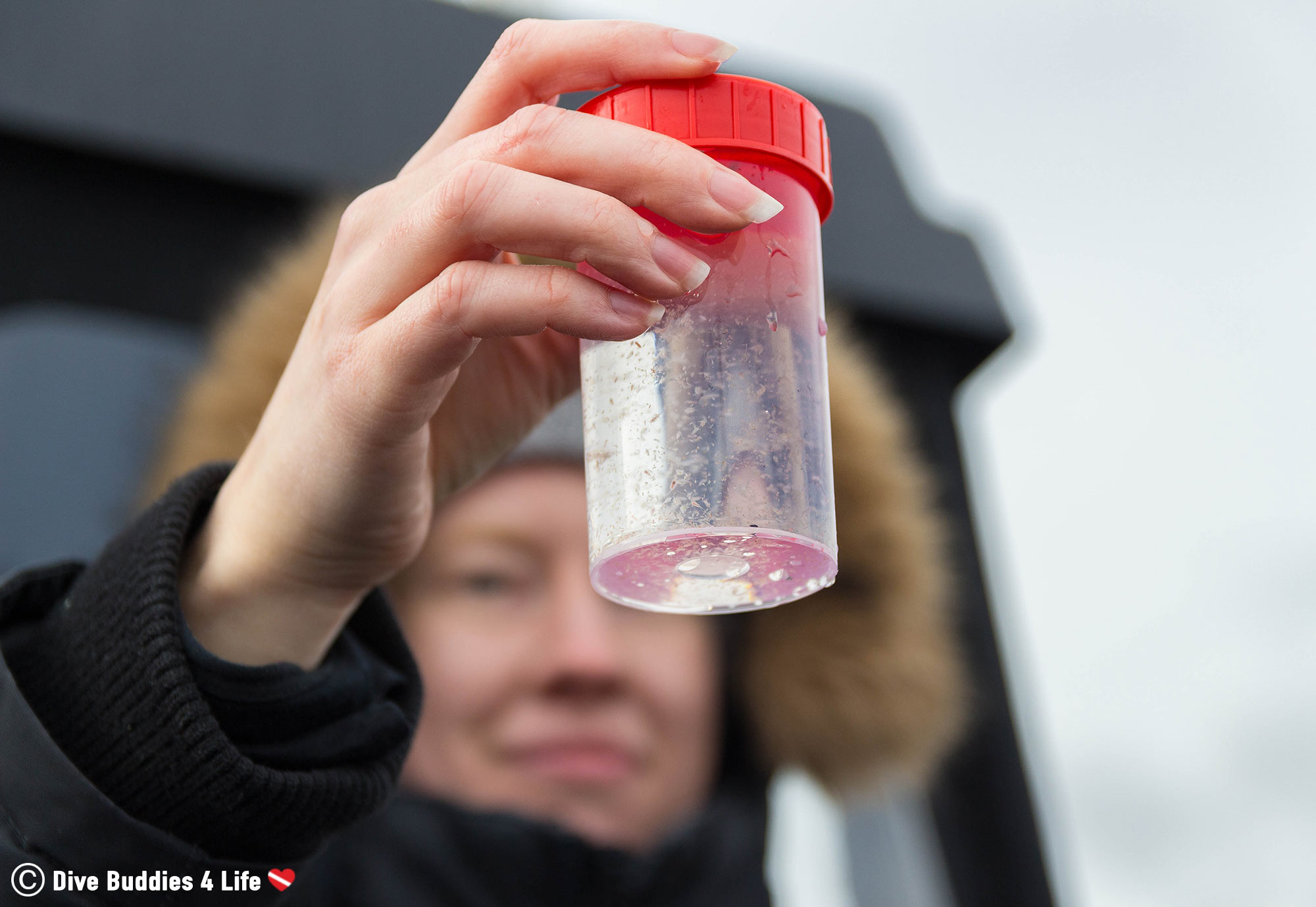
Like chemical pollution, noise pollution is an increasingly concerning form of pollution in the marine environment. Sound travels four times faster in water than in air. Any sound perturbing the ocean travels faster and further than sound in air making noise levels a key component to life in the aquatic world. As noise in the ocean becomes more and more frequent due to increased shipping and vessel presence, marine animals become more susceptible to mortality, particularly those using sound as their primary sense. Though it is hard to single out noise pollution as the specific cause of harm in marine species, particularly in cetaceans, oftentimes noise leads to a behavioral reaction that results in adverse health impacts (Simmonds et al. 2004).
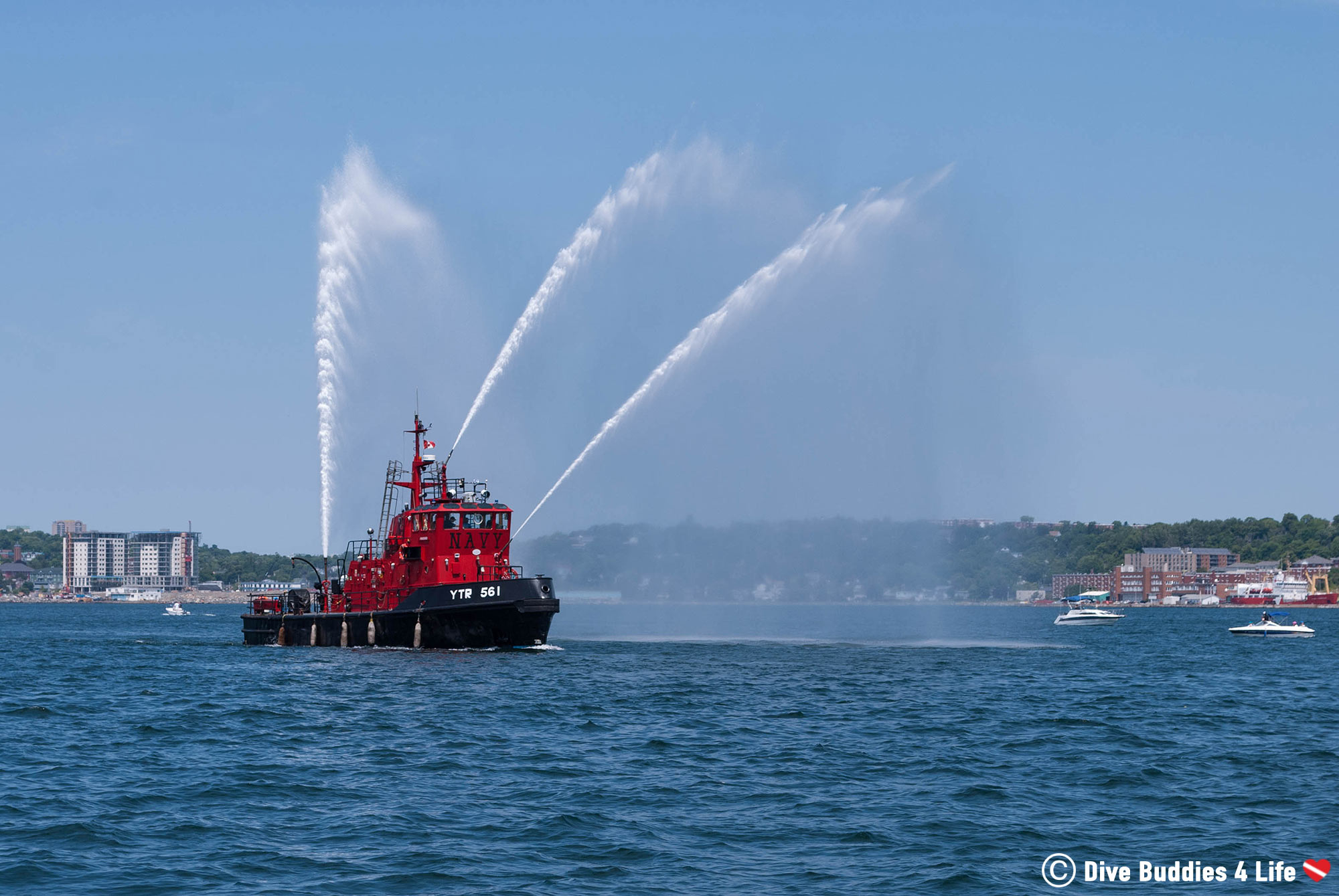
Sonar and Military Operations
Sonar and military practices are one of the more recent additions of noise pollution to oceanic waters. These operations cover all ranges of sound from low range underwater surveillance (less than 1000 Hz) to high range torpedo and mines (more than 10, 000 Hz) (Firestone & Jarvis, 2007). Mid-frequency sonar, used to track targets, is the most common sonar deployed and has been linked to marine mammal stranding events.
Several strandings of beaked whales (Ziphiidae) have been found in conjunction with military sonar testing. Injuries suggest these mammals likely suffer from decompression sickness. Decompression sickness, otherwise known as “the bends” occurs when time is spent at depth allowing nitrogen to accumulate in the body tissues and blood. By surfacing too rapidly the nitrogen cannot remain dissolved and is excreted in bubbles. Beaked whales are of particular vulnerability to the bends due to their inclination to dive to great depths for long periods of time, leaving them with high nitrogen in blood and body tissue. 41 stranding of Cuvier’s Beaked whales (Ziphius cavirostris) worldwide have been recorded since 1960, and some happened at the same time as naval sonar training. A most recent stranding in the Bahamas in March 2000, consists of 16 beaked and minke whales (Balaenoptera acutorostrata) over a 36 hour period. During this time US Navy ships had been traveling the channels using hull-mounted sonar systems as part of a training exercise (D’Spain et al. 2006).
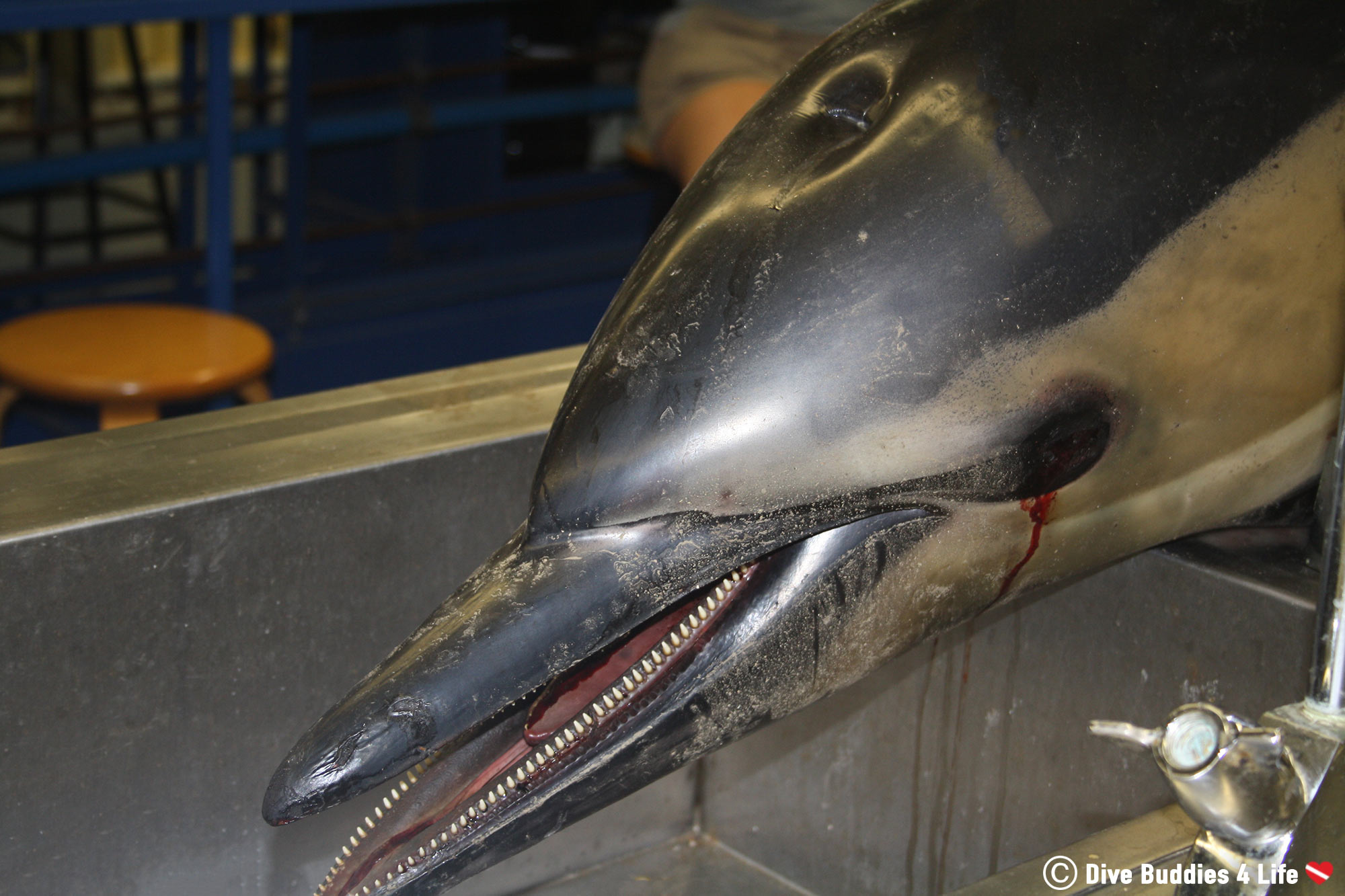
Excessive Vessel and Shipping
An increase in vessels and trafficking throughout the ocean increases the ambient noise in the surrounding watery atmosphere (Firestone & Jarvis, 2007). This pushes animals out of highly traveled regions and fragments migration routes and habitats.
Noise emanating from ships comes mainly from the propeller action, engine and machinery in the hull. Large shipping engines tend to produce low-frequency sounds interfering in the same communication sound spectrum as baleen whales. On the flip side, higher frequency activities such as propeller action and leisure crafts coincide with odontocetes and smaller cetacean vocal ranges. Accordingly, it is quite rare that marine mammals will be spotted in active harbors and high traffic zones.

Physical pollution is the introduction of discarded or non-native materials to the environment. It can be seen as any type of human-induced pollution that doesn’t find itself under the noise or chemical pollution categories.
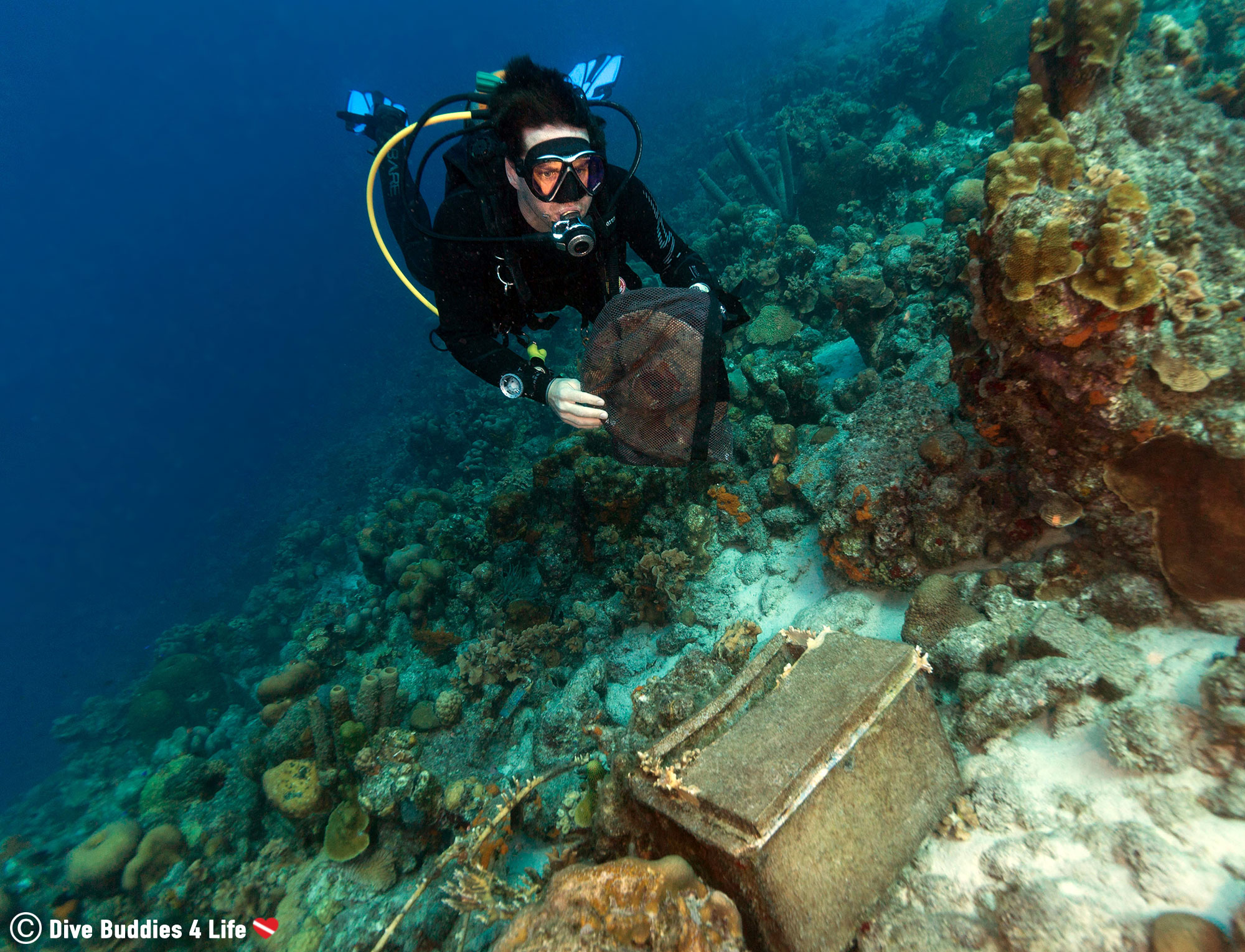
Invasive Species
Ecosystems are delicate webs of interactions that can be damaged by the smallest simplest mishap. The introduction of foreign species to an environment can act as one of these destabilizing factors which could result in the devastation of entire species.
It is estimated that approximately 10,000 species worldwide are subject to transportation through ballast water, one of invasive species main vectors. Ballast water is only one of the ever-expanding modes of transportation that these creatures take bringing them from one region of the world to another. Thankfully of the million species that are transported worldwide only a few manage to find the perfect combination of conditions that makes them thrive.
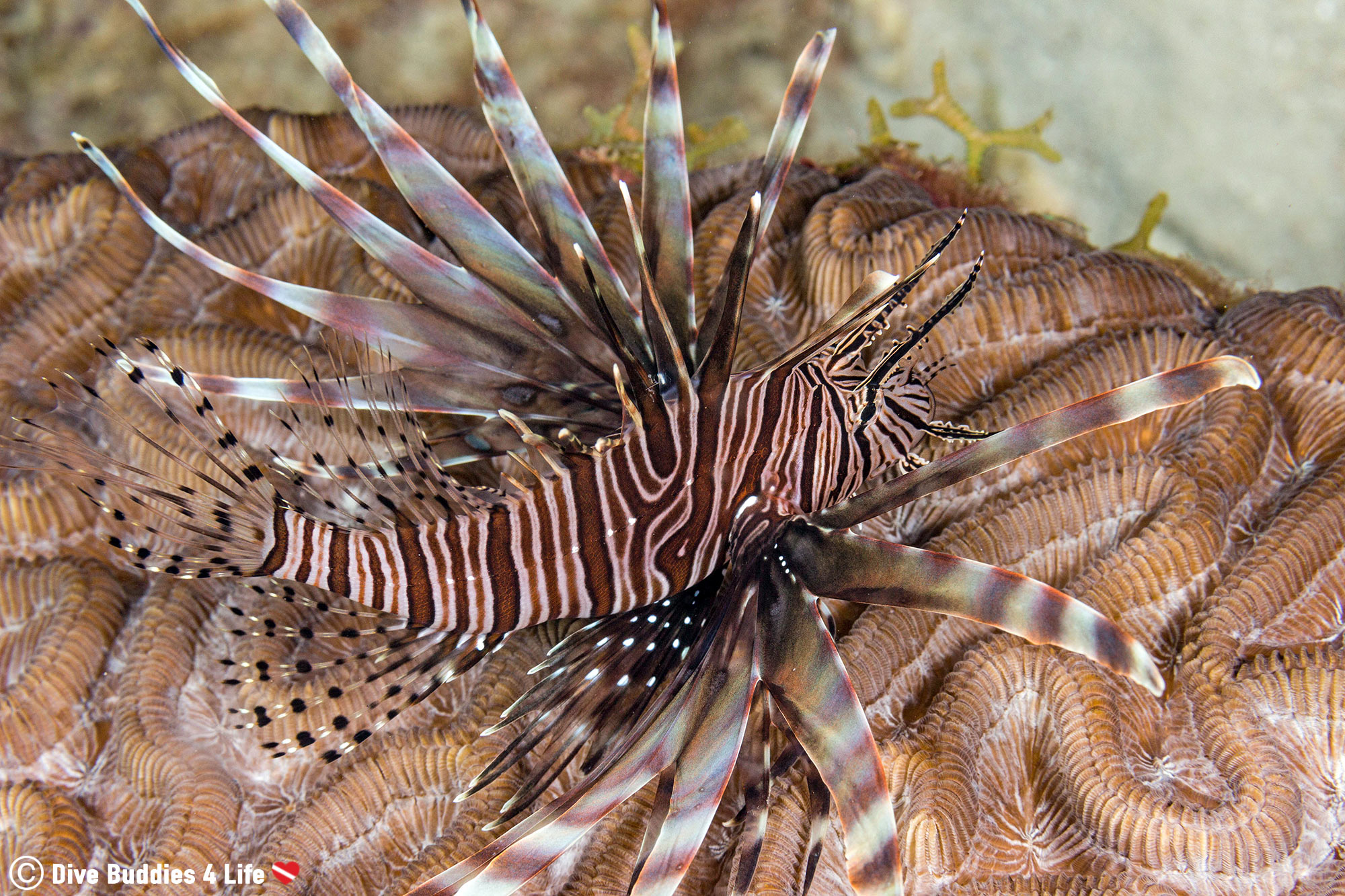
Multiple native species in Canada have fallen victim to the introduction of invasive species and billions of dollars are lost in revenue annually in attempts to solve this problem (DFO, 2011). The European Green Crab (Carcinus maenas) is a perfect example of an unwelcome invader. It is considered one of the ten most unwanted species in the world.
The European Green Crab is a small coastal crab proving to be highly resilient and voracious in its competition for prey. This crab was first found in New Brunswick in 1951, and since then has expanded across many other locations on the Canadian east coast. This clawed invader poses serious threats to estuarine and marine ecosystems as their efficiency as a predator means they out-compete native crabs for food. They also disrupt eelgrass beds – habitats for many juvenile fish – and shellfish beds (DFO, 2021).
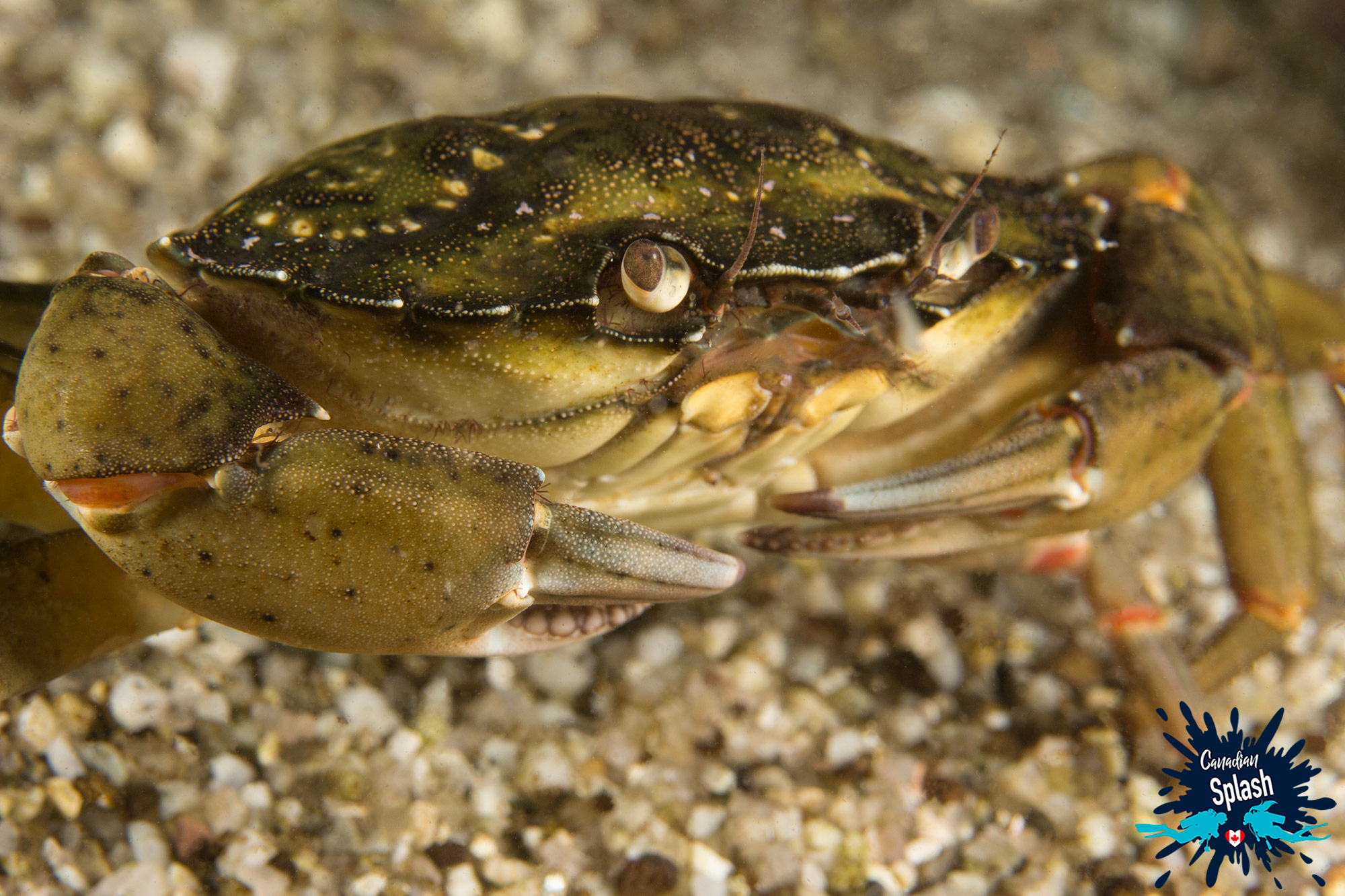
Marine debris
Marine debris is a type of alien matter that finds its way or is placed in the ocean. It can have damaging effects on marine communities through entanglement and ingestion by organisms.
Plastic is one of the most ubiquitous marine debris in the ocean causing many short and long-term problems. It does not biodegrade like other garbage products and instead photodegrades into consecutively smaller polymers. Plastic in its small and large forms is also quite buoyant, a trait that makes them viable candidates for long-distance traveling via ocean currents. Evidence for marine debris in the ocean is seen in the North Pacific Garbage Gyre.

Between Los Angeles and Hawaii, a major convergence of currents brings together the North Equatorial Current, California Current and Kuroshio Current. These currents move in a circular pattern-driven towards a central core. Any marine debris landing in this whirlpool becomes trapped in this never-ending watery merry-go-round.
The garbage patch in the North Pacific was found in 1997 during a Transpacific Yacht Race by sailor Charles Moore. This patch is said to be approximately the size of Texas and the trash flotsam reaches a depth of 100 meters (Moore, 2003). The plastic found in this gyre outweighs the zooplankton found at the surface at a ratio of 6:1 (Kostigen, 2008).
Tones of recorded photographs have been documented of seals entrapped in netting or six-pack rings, sea turtles feasting on plastic shopping bags and albatross seabirds with plastic objects in their stomach (Moore, 2003). This large garbage cyclone is the largest of many found across the globe invading and negatively affecting marine habitats.
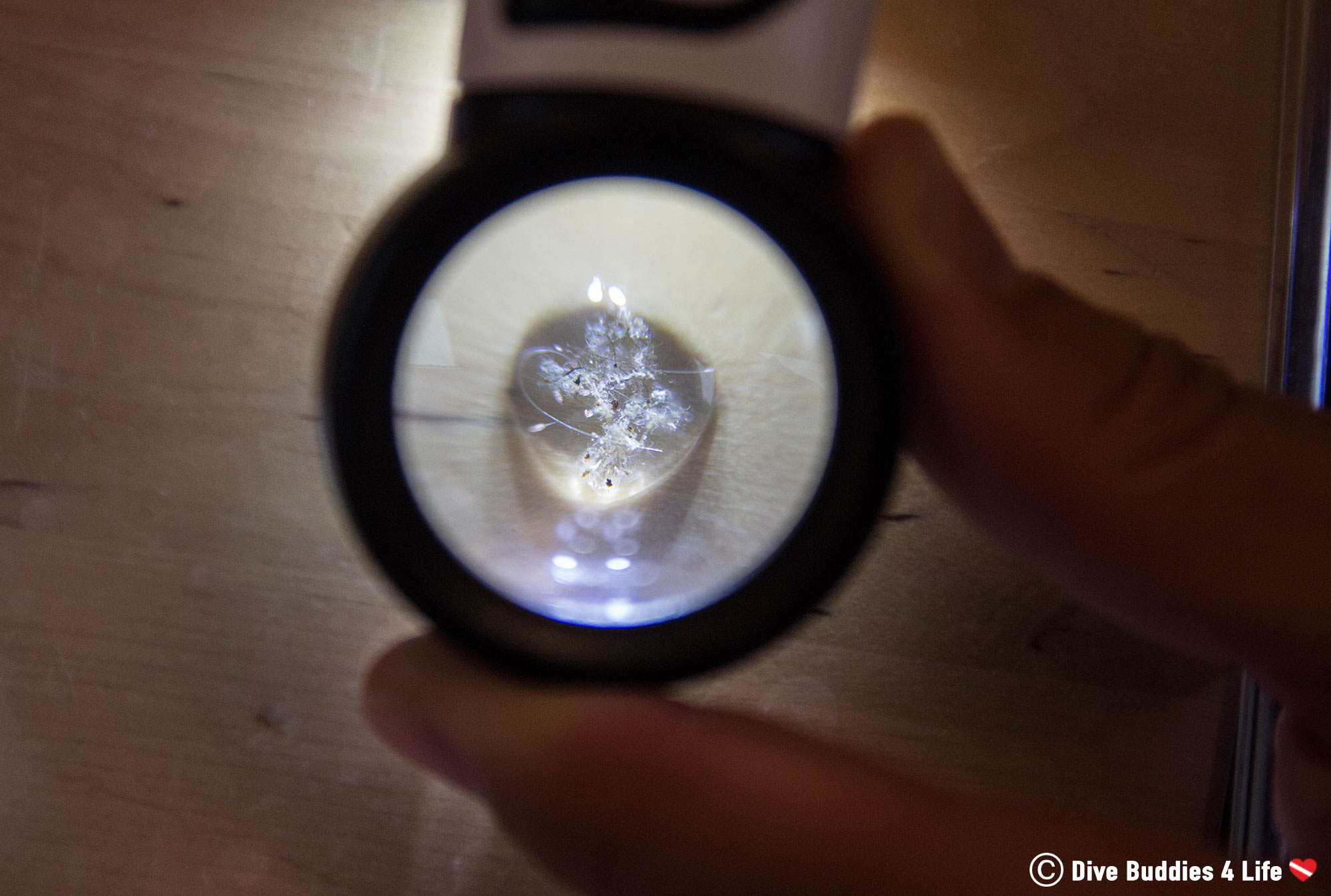
Humans play an intricate role in all types of pollution whether it’s chemical, noise or physical. While each mechanism takes a toll on the ocean in significantly different ways, the results remain the same; aquatic ecosystems and all its encompassing life are being negatively affected.
The idea of “out of sight out of mind” is a catchphrase that we need to be more aware of when it comes to the environment. Our actions are invading a broad spectrum of regions, from the shallow tidal zone to the abyssal plains with no signs of relief. Losing track of where garbage, debris, chemicals and other pollutants go, is a problem with grave consequences.
In spite of all this, conservation groups and organizations have worked together to build networks geared towards sustaining the oceans and the marine life found within them. As scuba divers, we are some of the best advocates for ocean conservation and through education, we can help others have a positive impact.
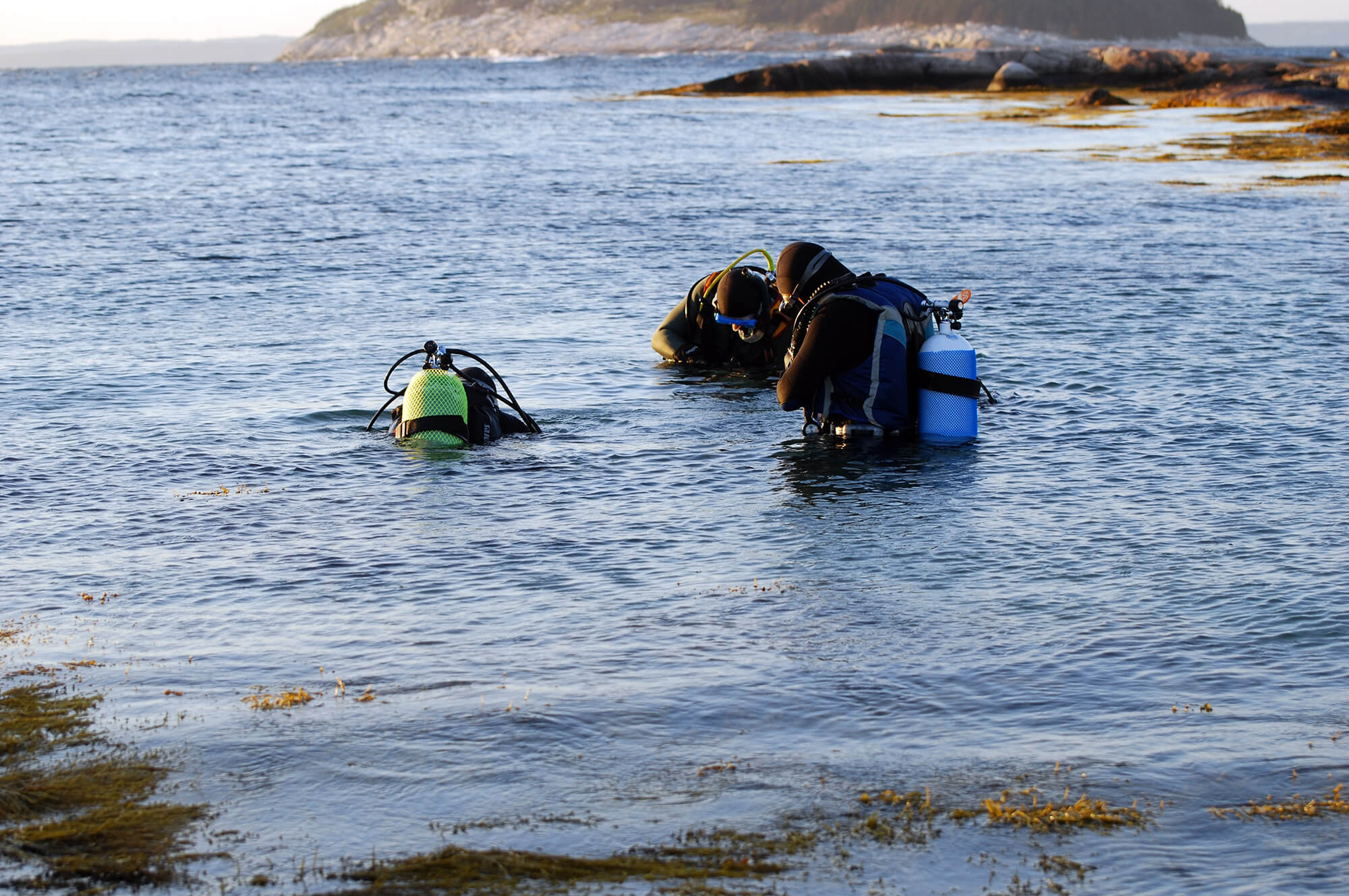
Eco-Conscious Scuba Diving: It’s not easy being green in a day and age where everything screams plastic and waste. For more tips and tricks on how to be a better, greener scuba diver check out our blog post – How to be an Eco-Friendly Scuba Diver.
Our aquatic environments are in trouble and need your help. What small things are YOU doing in your everyday life to reduce your pollution footprint on the planet?
Writers Note: This post may contain affiliate links. We will make a small commission if you make a purchase through one of these links, at no extra cost to you. See full disclosure and disclaimer policy here.


Marine protected areas protect endangered species and critical habitats. As scuba divers they play a big role in the conservation of our lakes, rivers and oceans.

It's not easy being green in a day and age where everything is plastic and waste. Let sustainability lead the way as you explore the underwater world.

There are many ways to fight back against pollution and on Bonaire, this takes the form of scuba diving cleanups.
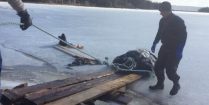
Nova Scotia has seen a few strange things over the years but never has a 360 kg leatherback turtle washed up dead and frozen in a Cape Breton lake.
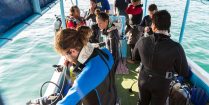
Green initiatives are important and in Zihuatanejo, we had the opportunity to join forces with Zihro Plastic and Dive Zihuatanejo to lending a helping fin.
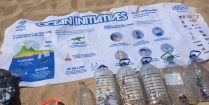
We all remember the viral Ice Bucket Challenge that went around social media to raise money for ALS? Well, like the Ice Bucket Challenge, the #binbagchallenge was an idea put together to raise awareness on environmental pollution and hopefully take steps towards a cleaner and better future.

While most people were at home celebrating Mother’s Day, the North Bay Scuba Club donned dive gear and took to the water to clean up the local marina.
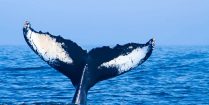
Find out how a couple of scuba divers made a gigantic snow sculpture to try and turn the tides on plastic use in the city of North Bay.
